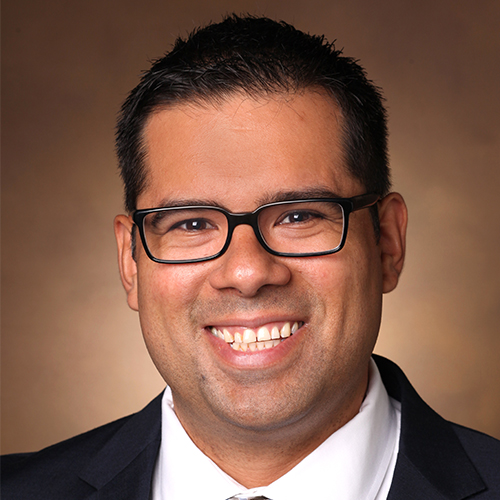Beginning a home exercise program during the first six weeks after anterior cervical discectomy and fusion (ACDF) surgery is shown to be safe, according to results from a recent study published in Spine. Patients who participated in the exercise program were also less likely to be using opioid painkillers one year after their operations.
“Clinicians haven’t really known what the optimal time frame is for a patient to begin an exercise program after ACDF,” said Rogelio Coronado, Ph.D., first author on the study and a research assistant professor of orthopaedic surgery and physical medicine and rehabilitation at Vanderbilt University Medical Center.
“Clinicians haven’t really known what the optimal time frame is for a patient to begin an exercise program after ACDF.”
Recent systematic reviews have highlighted the lack of available evidence to guide decision-making for rehabilitation following ACDF. “We wanted to provide some needed guidance,” Coronado said.
The study was designed to test the safety of an early, self-directed home exercise program, as well as outcome effects and patient acceptability.
Targeting Post-operative Loss of Strength
Immediately after ACDF, patients experience reduced motion as a result of the spinal fusion itself, the post-operative pain, and the use of prescribed devices such as spinal collars. “Patients can lose strength, and they may not spontaneously rebound,” Coronado said. “The loss of strength can persist for years.”
To assess the benefits of an early home exercise program, the research team randomly assigned 30 patients who were undergoing ACDF to either participate in the early exercise program or receive usual care. The patient group included 14 men and 16 women, with the average age being 51. Usual care entailed medication, the use of cervical collars, and restrictions on driving and lifting.
The self-directed exercise program, designed to reduce pain and boost activity levels, lasted six weeks. It included range-of-motion and strengthening exercises, which addressed the shoulder, upper back, neck and core. The program also included daily walking and sleeping instructions, with exercises growing progressively more difficult over the six-week period.
In addition, a licensed physical therapist called each participant weekly to offer encouragement, assess compliance, and answer questions.
Positivity About the Program
Results proved encouraging on several levels. No serious adverse effects were reported, and participants found the program highly acceptable. “None of the patients in the early exercise program felt that the efforts outweighed the benefits they received,” Coronado said.
“None of the patients in the early exercise program felt that the efforts outweighed the benefits they received.”
Program participants generally expressed high levels of enthusiasm about recommending the program to others, a key consideration in an era of increasing focus on patient choice in care planning. “Patient preference is an important component of patient-centered medicine and shared decision-making,” the researchers wrote.
The early exercisers reported that the program sped their recovery, boosted their confidence in being active, and was more convenient than leaving home for physical therapy elsewhere.
Outcome measures covered neck pain, arm pain, physical health, and mental health. Patients in the home exercise program reported less neck pain at six weeks after surgery than the patients receiving usual care. With regard to the other pain and health outcome measures, no differences emerged between the two study groups.
Reduced Reliance on Opiates
The study results also suggest that exercise immediately following ACDF may be an effective non-pharmacologic approach to pain management, as patients in the early exercise group demonstrated less use of opioid pain medications at 12 months after surgery. “This finding may be due to the early introduction of pain management strategies, which may influence downstream medication use,” the researchers wrote.
The researchers called for larger, more powerful investigations to build on the promising findings of this pilot study.




